

Phoebe is an adventurer and multi-award-winning travel writer (most recently Sustainable Travel Article of the Year: Travel Media Awards 2023), photographer, presenter and broadcaster (specialising in adventure, sustainable travel, walking, family adventure and wildlife conservation). She has presented segments on TV including BBC Countryfile, BBC Breakfast, C5 Saturday Live, ITV’s Britain’s Best Walks and BBC Breakfast.
She is Sleep Storyteller-in-Residence at Calm where her stories have been listened to over 30 million times and been narrated by Stephen Fry, Joanna Lumley, Cillian Murphy, Jerome Flynn, Bindi Irwin and Danai Gurira to name a few.
She is also the author of 10 books with her next one – Wayfarer: Love, Loss and Life on Britain’s Ancient Paths – out in March 2024 with Harper Collins. She is also the co-founder of the #WeTwo Foundation, a charity that empowers underprivileged young people through carbon negative expeditions.
Wander Woman: A Travel Podcast
The Wander Woman Podcast frequently charts in 'Travel and Places' in hundreds of countries around the world and, on all of Apple Podcasts, has been ranked #1,345 out of 500,000+. It is the first travel podcast to take on a magazine style - rather than the format of an interview – and has been listened to and downloaded tens of thousands of times. It has been selected as “Best travel podcast” by The Telegraph, The Guardian and The i newspaper, Wanderlust, Globetrender and Tech Times - to name a few.
Come wander with her…
Phoebe is an adventurer, author, presenter and writer, hear her inspiring story…
Books
“Phoebe Smith is a splendid writer and an inspiring traveller”
Calm - Sleep Stories
Phoebe is Sleep Storyteller-in-Residence at Calm where her stories have been listened to over 30 million times and been narrated by Stephen Fry, Joanna Lumley, Cillian Murphy, Jerome Flynn, Bindi Irwin and Danai Gurira to name a few. In 2020 she penned the script for HBO’s World of Calm.
In 2019 Phoebe co-founded the #WeTwo Foundation (Registered Charity No. 1196799) with fellow adventurer Dwayne Fields. This non-profit works to empower underprivileged young people (aged 16-19) through life- and perspective-changing adventures, giving them experiences to bolster their CV and open up work opportunities to help them overcome the challenges associated with poverty and to become positive role models in their communities.
“Planting seeds, not flags”


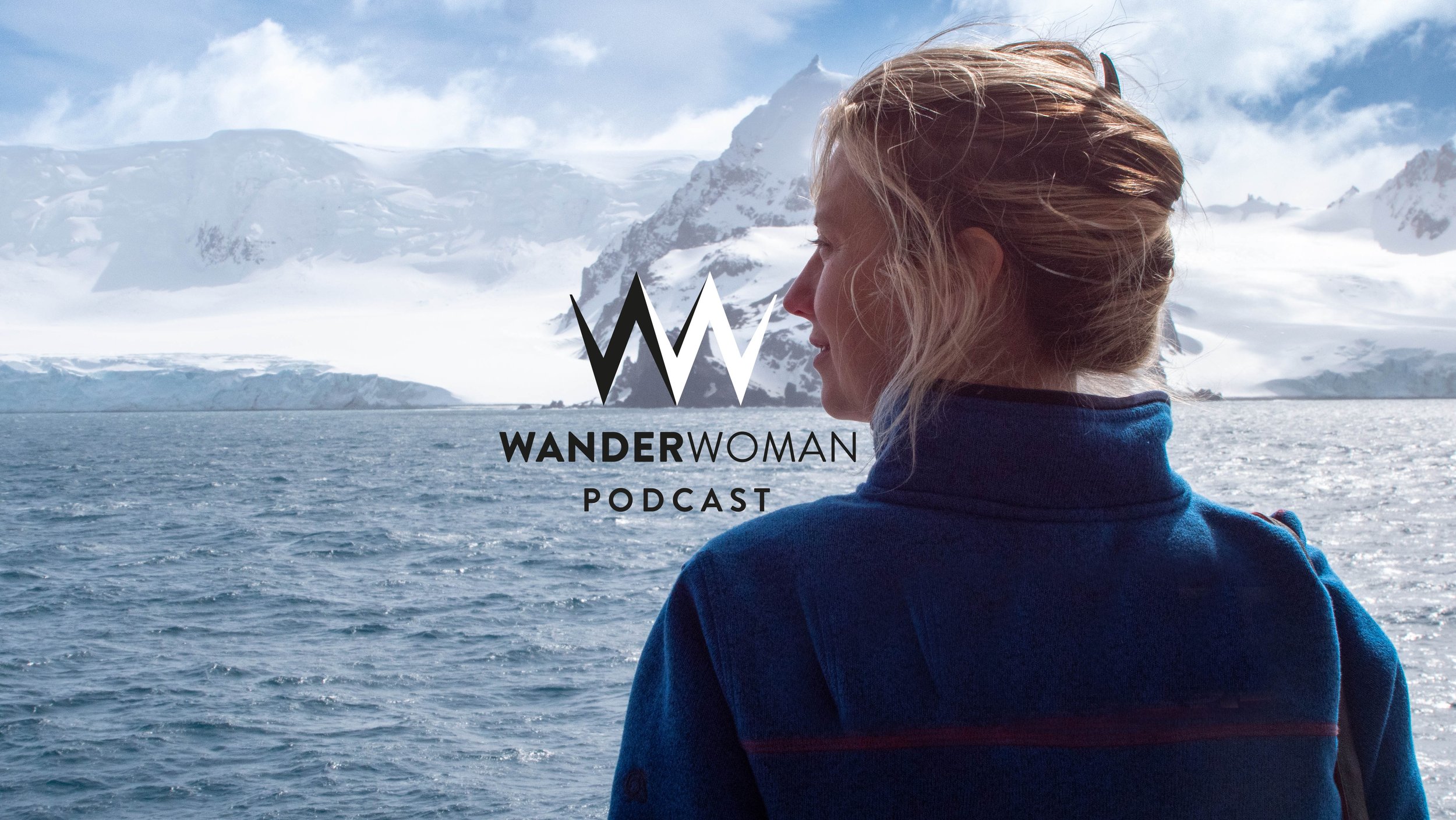

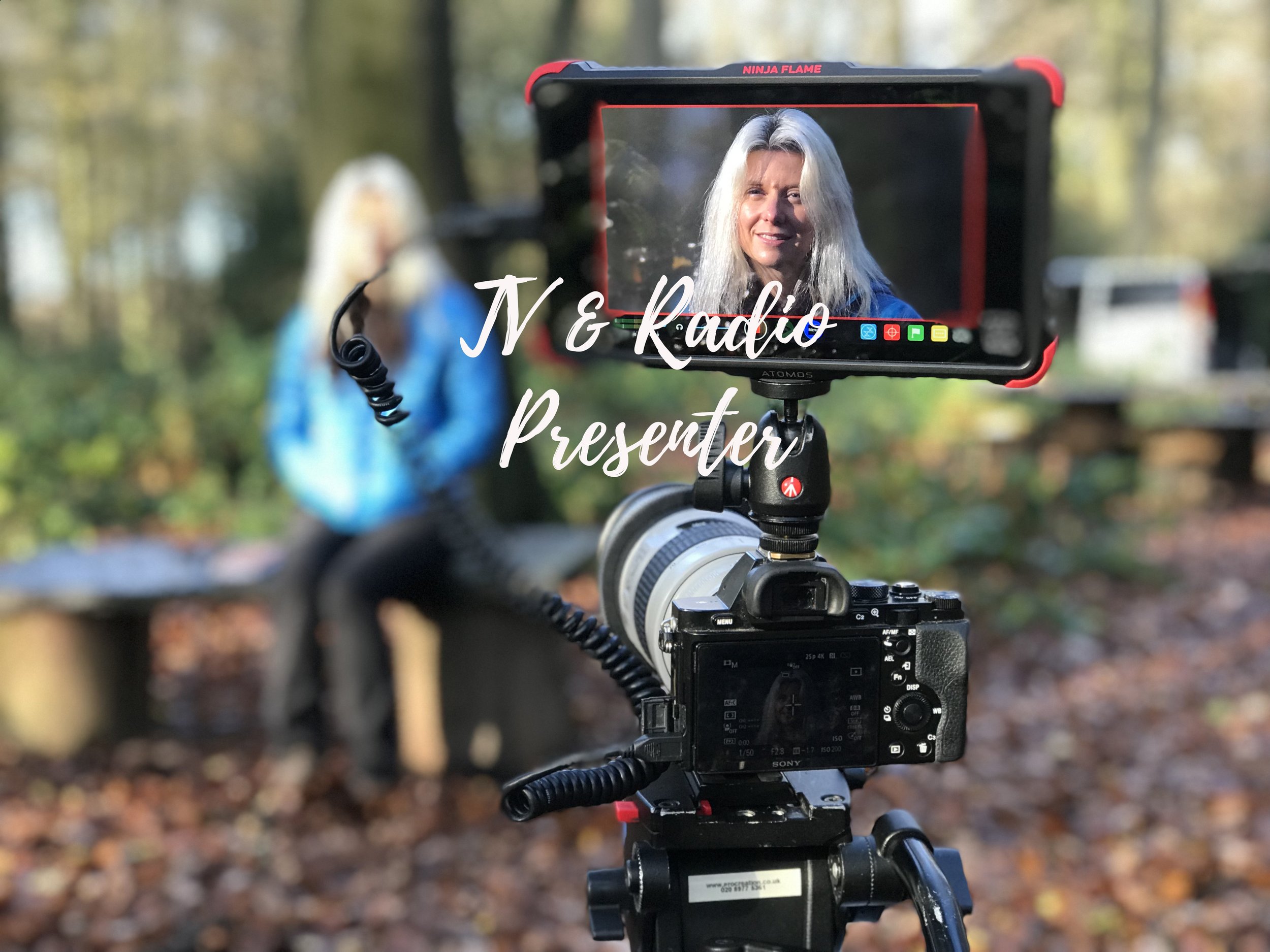


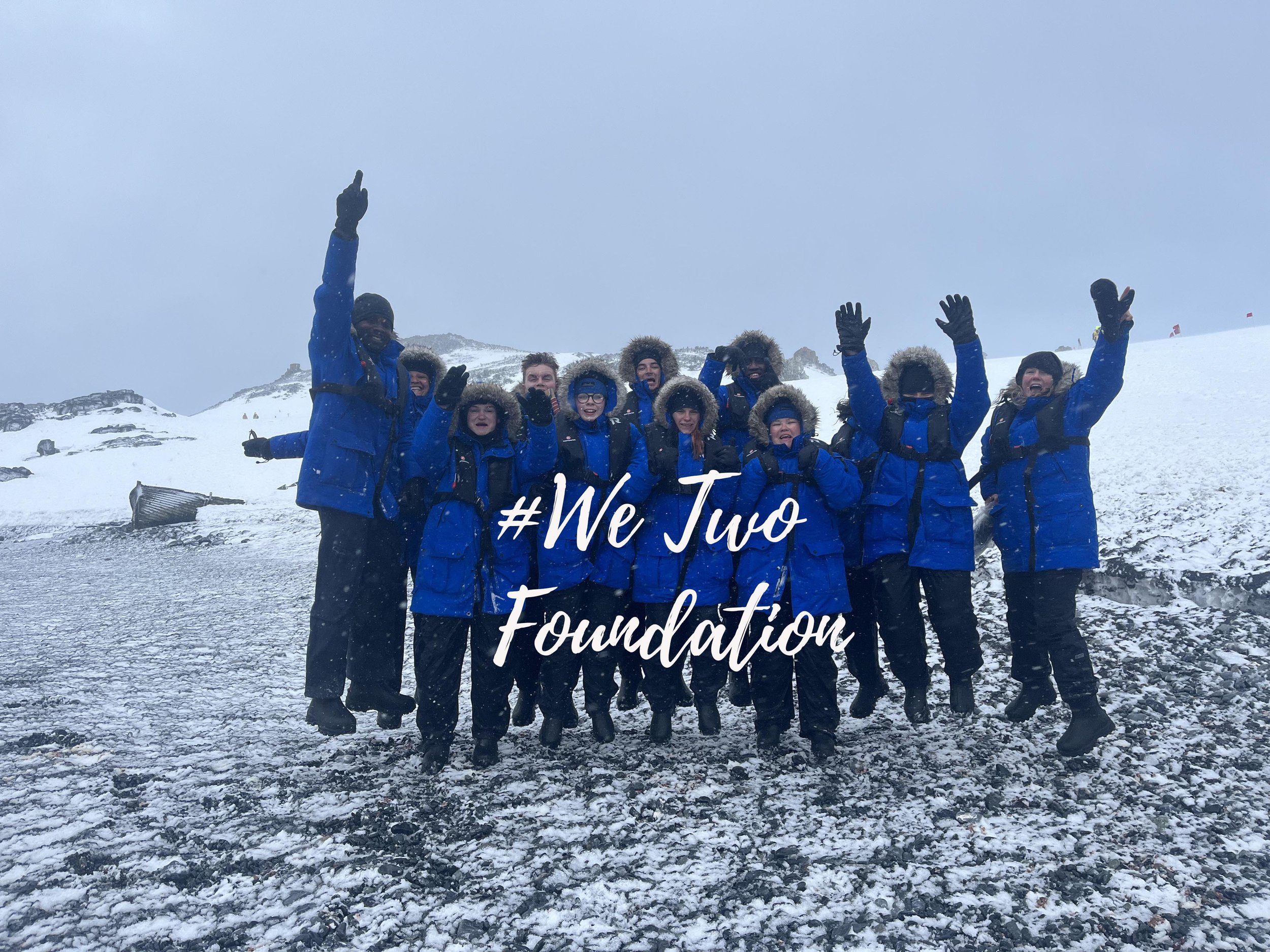









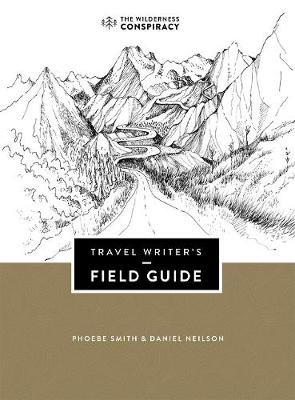

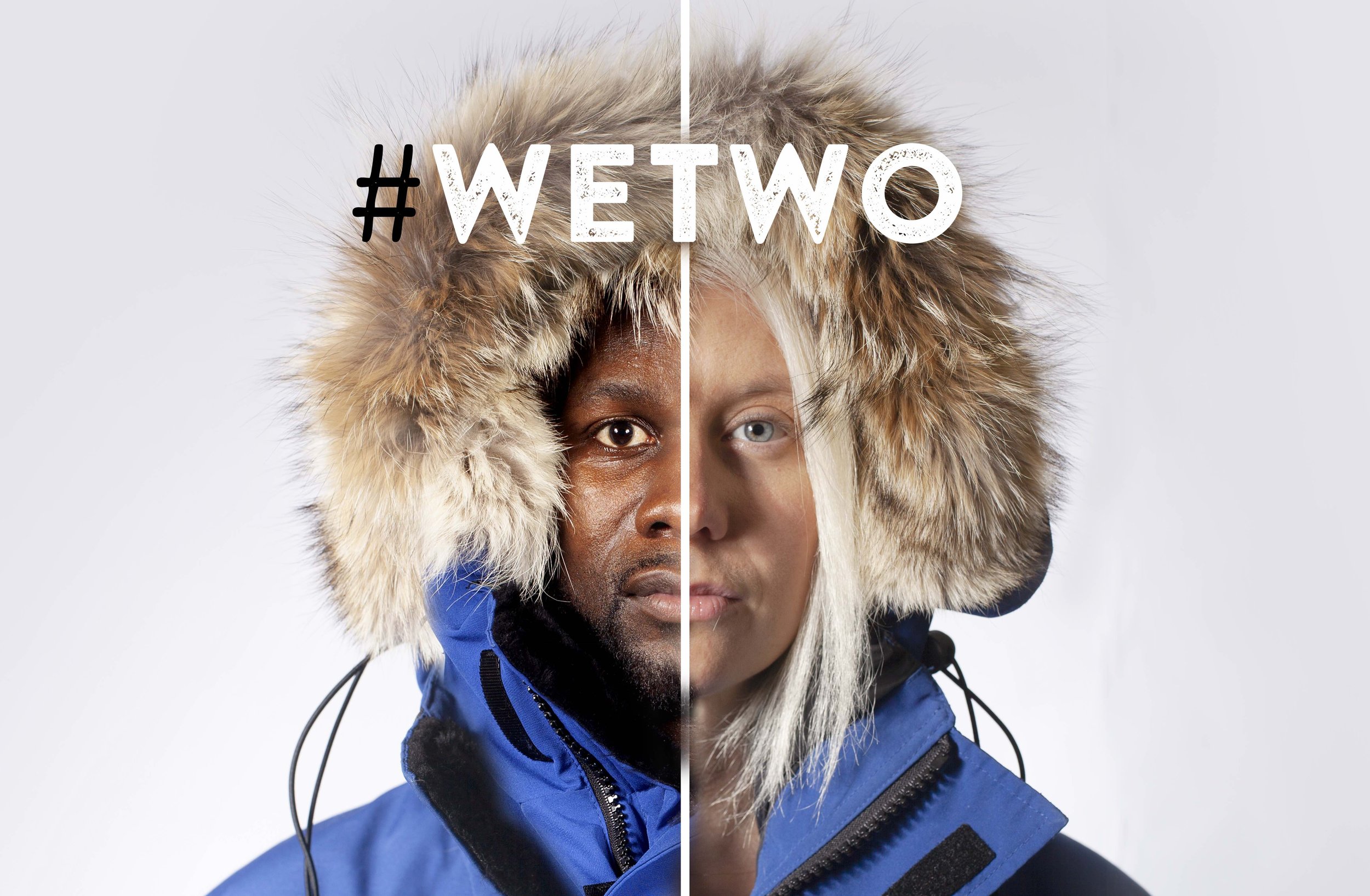












Globetrotter Phoebe Smith sets out to prove that outdoor adventures are available in the UK which rival anything found elsewhere in the world. In this sometimes scary and frequently funny journey around the country, Phoebe attempts to conquer its wildest places, defy her perceptions of the great outdoors and teach her about herself along the way.